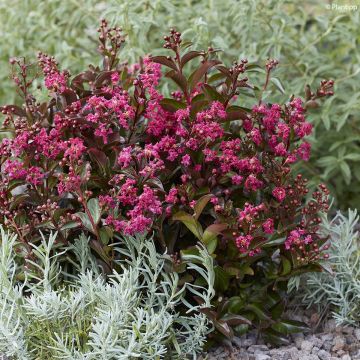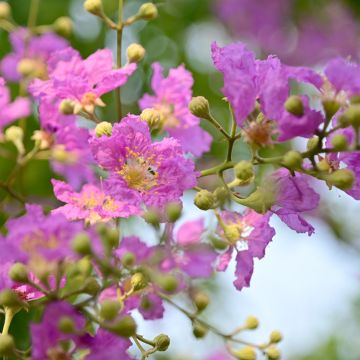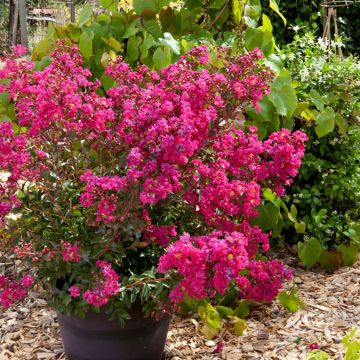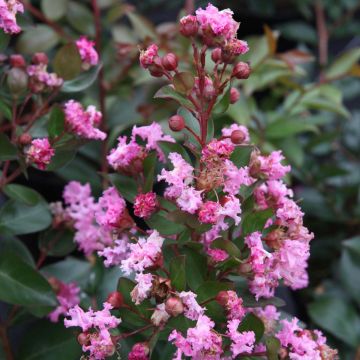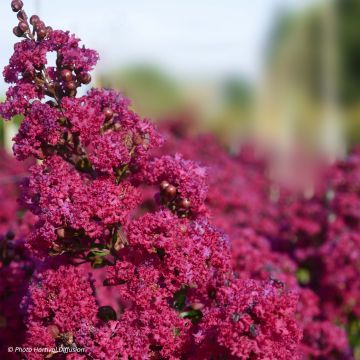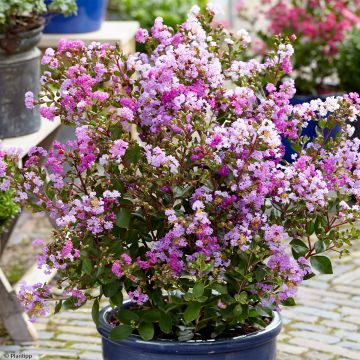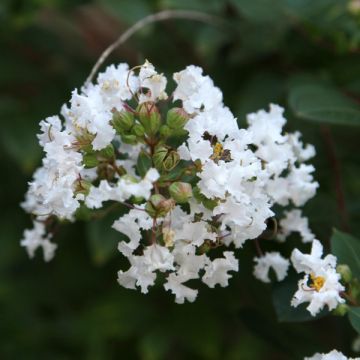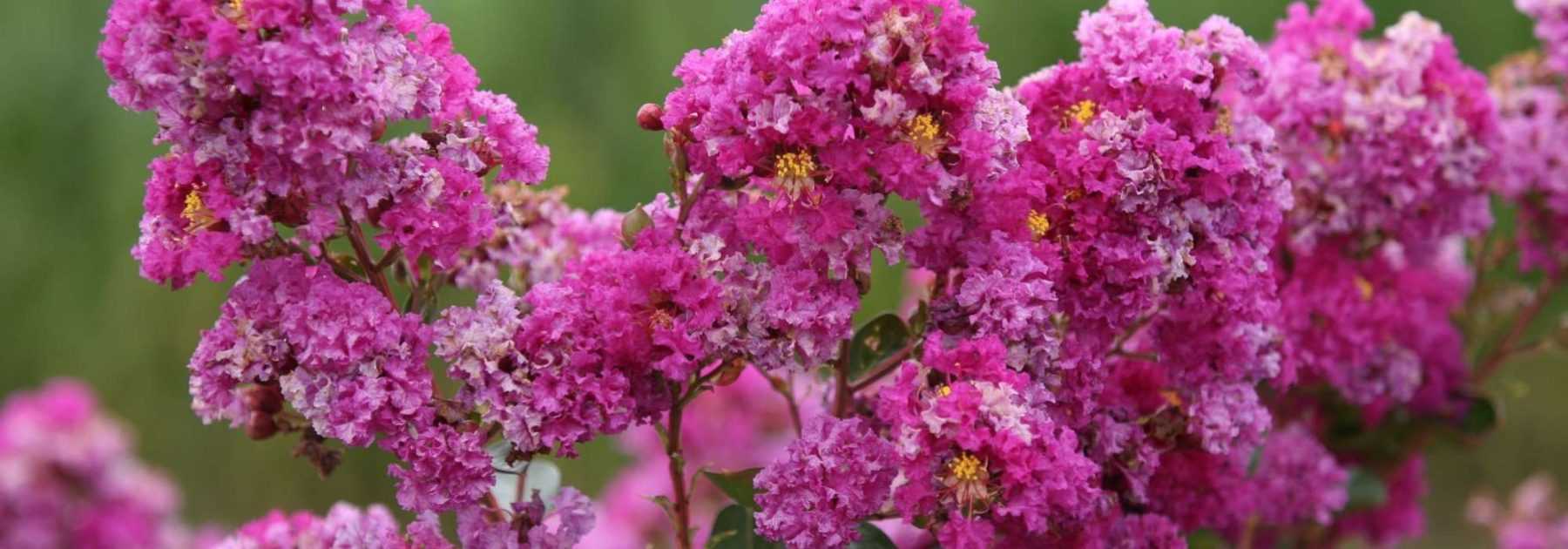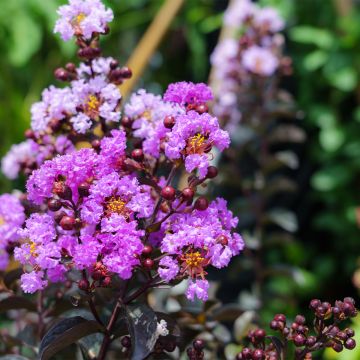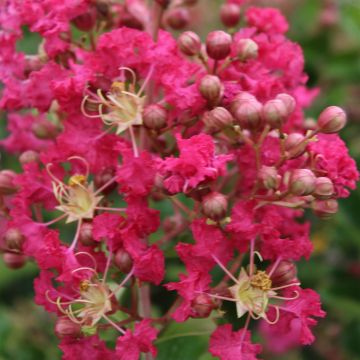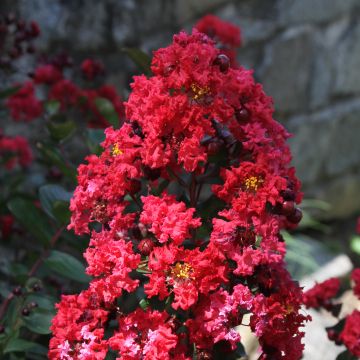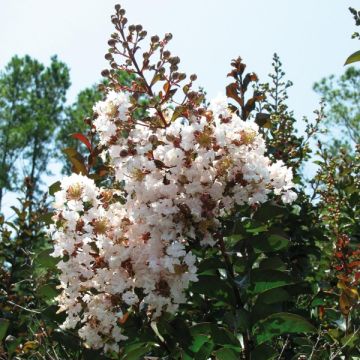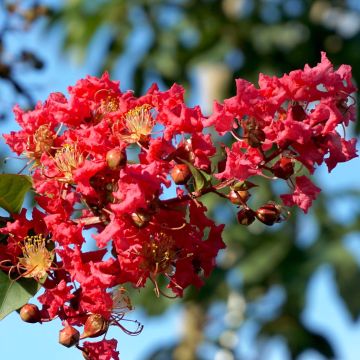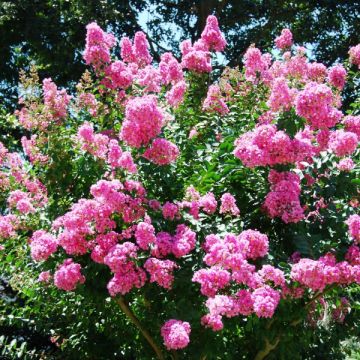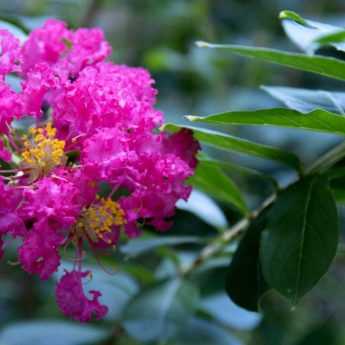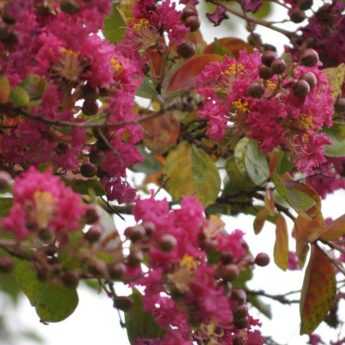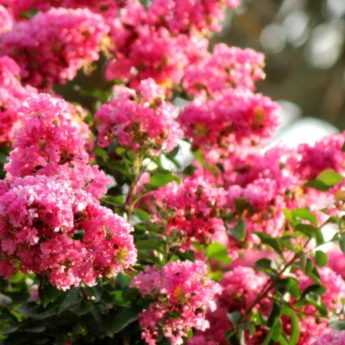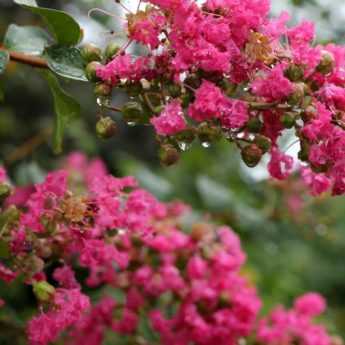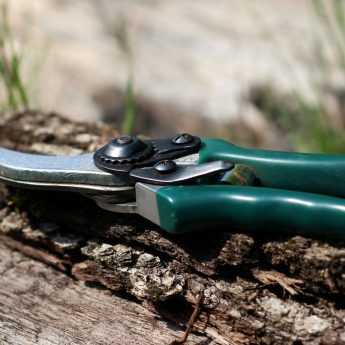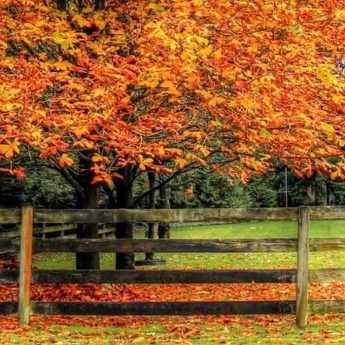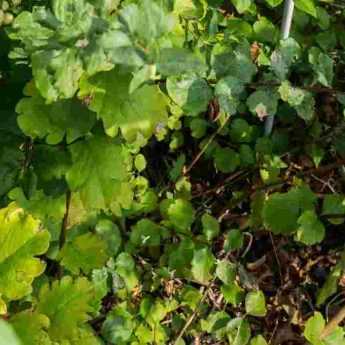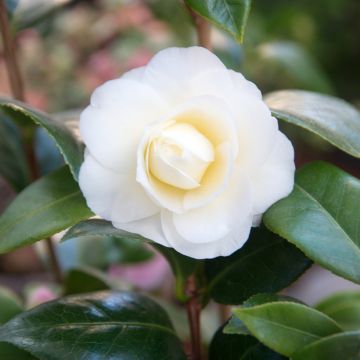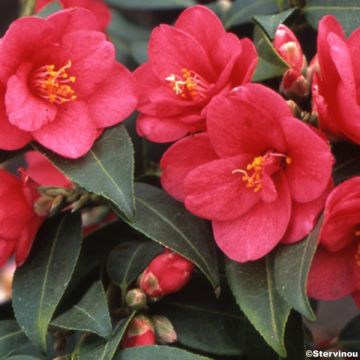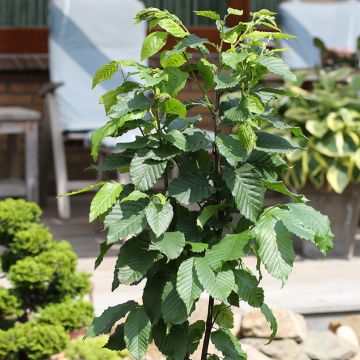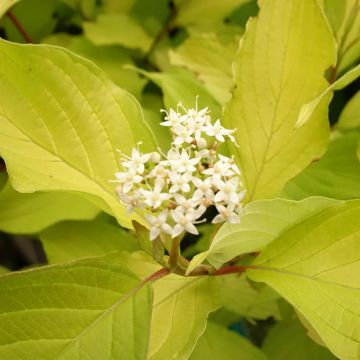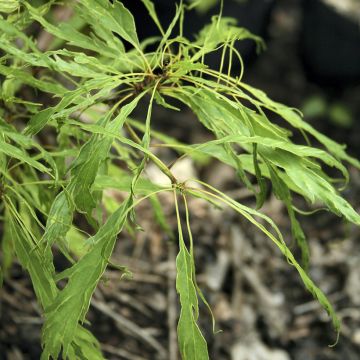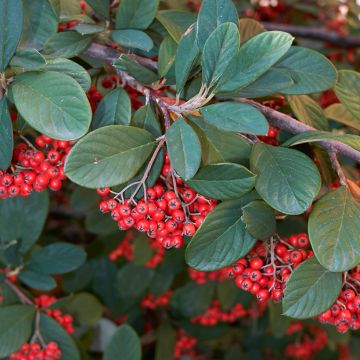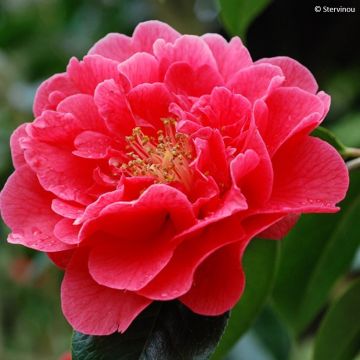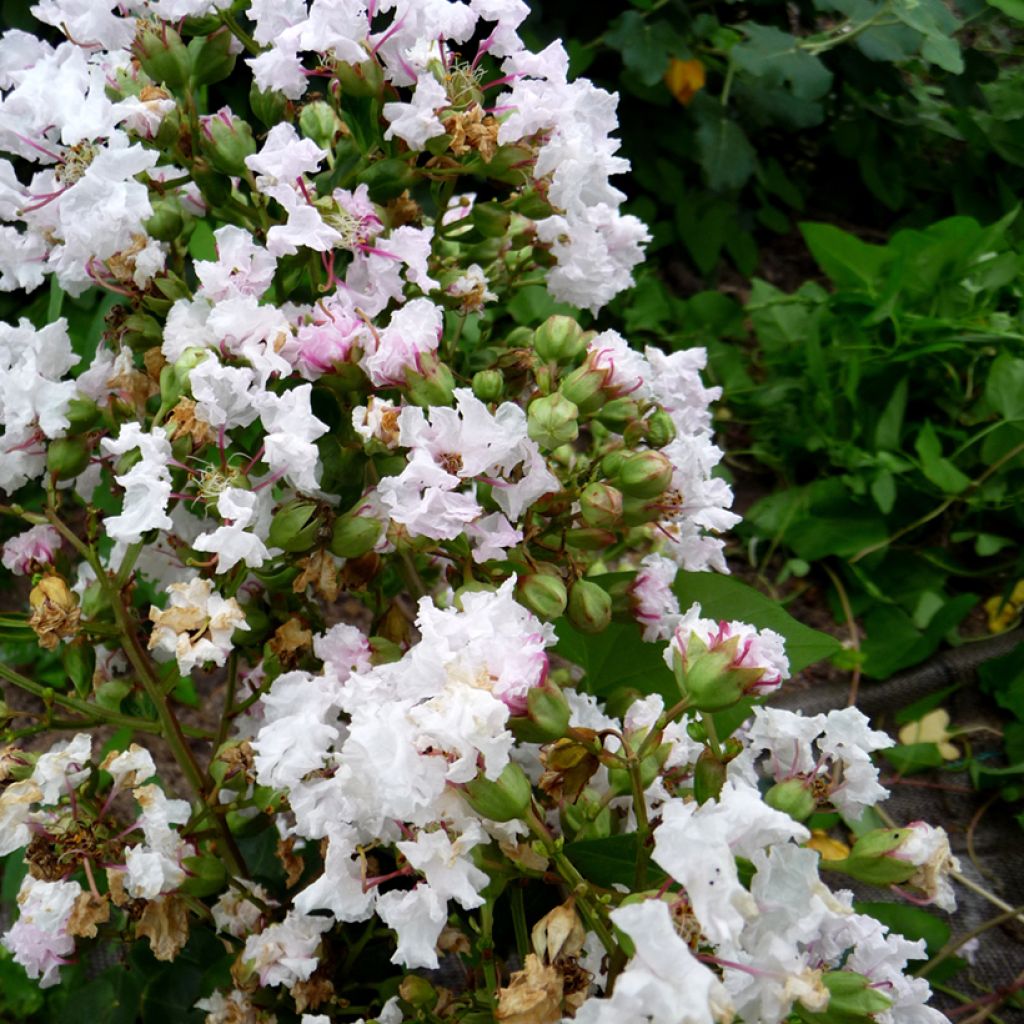

Lagerstroemia indica Petite Snow
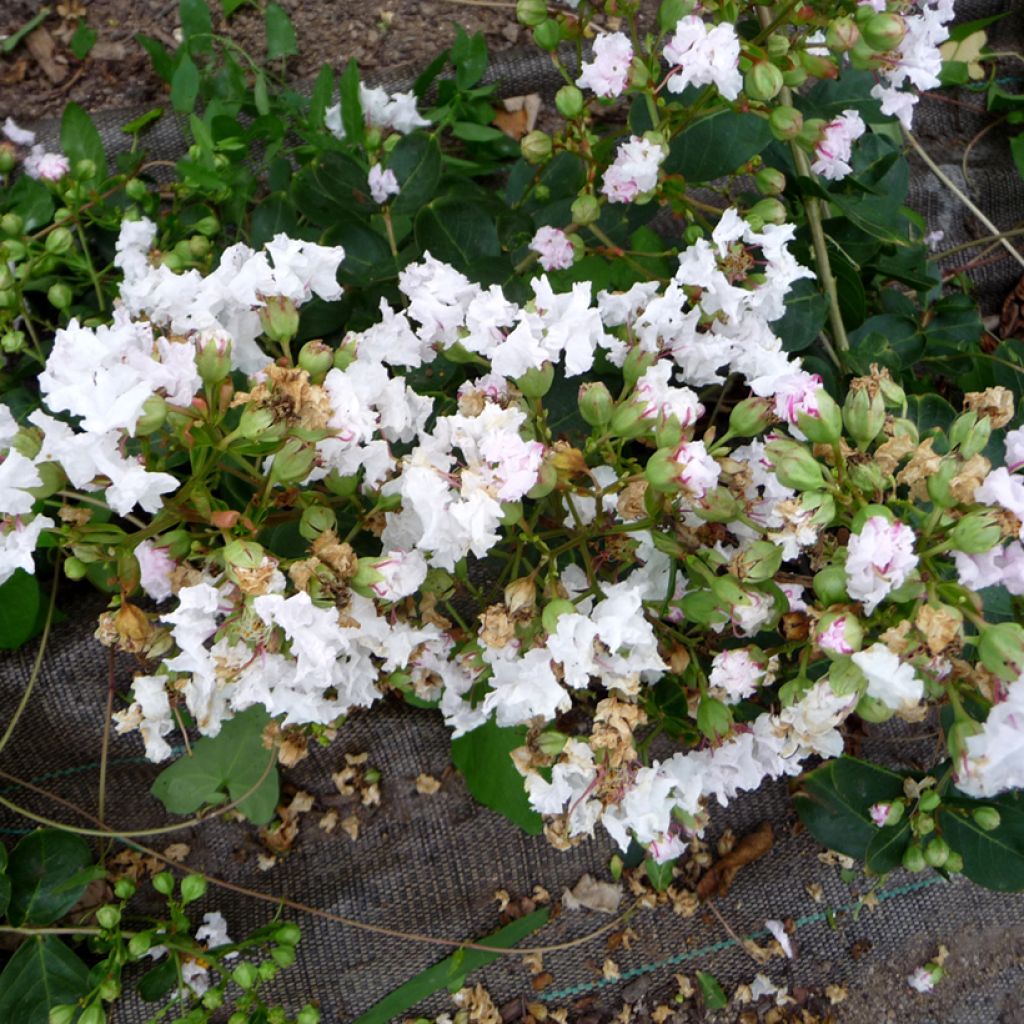

Lagerstroemia indica Petite Snow
Lagerstroemia indica Petite Snow
Lagerstroemia indica 'Monhow' PETITE SNOW
Crape Myrtle, Crepe Myrtle
Why not try an alternative variety in stock?
View all →This plant carries a 24 months recovery warranty
More information
We guarantee the quality of our plants for a full growing cycle, and will replace at our expense any plant that fails to recover under normal climatic and planting conditions.
Does this plant fit my garden?
Set up your Plantfit profile →
Description
Lagerstroemia indica Petite Snow, also known as Indian Lilac or Summer Lilac, is a charming, compact deciduous bush. This variety is particularly attractive with its long summer flowering of pure white, which gives way at the end of the season to the vibrant autumn colours of the foliage. A fantastic plant for the sun and heat which produces one of the most beautiful summer blooms. This bush is hardy enough for most regions and easy to cultivate in the garden, or even in a container on a terrace.
Lagerstroemia is a representative of the Lythraceae family, which includes 31 genera and over 600 species, represented by Pomegranate (Punica) in the Mediterranean, and Loosestrife, a wild herbaceous plant that grows along watercourses. There are thirty to forty species of Lagerstroemia, trees and shrubs, deciduous or evergreen, native to southern and eastern Asia as well as Australia. Lagerstroemia indica, or Indian Lilac, whose natural habitat is distributed in China and Japan, forms a bush or a small tree, measuring up to 6 to 8 m high. This deciduous plant bears small oval leaves, which take on beautiful warm colours in autumn before falling. The species is quite hardy, down to -15°/-20°C, but it only blooms abundantly in climates with sufficiently long and hot summers.
Petite Snow 'Monhow' is a horticultural variety much more compact than the botanical species, reaching approximately 1.50 m high and 1.20 m wide at maturity. Its growth is quite rapid and its habit is more or less conical. The leaves appear relatively late in spring, between the end of March in the Mediterranean and the end of April, or even May in cooler climates. They are carried by a short petiole, ovate to elliptical, opposite or sometimes in whorls of three, measuring from 3 to 6 cm long and 2 to 4 cm wide. The young shoots are quadrangular and covered with leaves which are medium green when young and darken at maturity. This dark vegetation serves as a backdrop for the bountiful flowering of immaculate white. Beginning in July, it blooms relentlessly until September, or even October in some years. The flowers measure 3 to 4 cm in diameter and are formed by 6 wavy and frilled petals, giving them a crepe-like appearance. They are gathered in terminal panicles measuring 15 to 20 cm long. The fruits that follow are capsules, without ornamental interest. The foliage, on the other hand, takes on superb autumn colours, blending yellow, orange, and red before falling to the ground. In slightly older specimens, the bark is truly decorative, exfoliating in brown flakes, clearly visible in winter when the foliage has disappeared.
Lagerstroemia indica Petite Snow is a real gem for gardens in the south or the sunny areas. Its compactness allows it to be easily grown in containers, especially since the necessary annual pruning naturally limits its development. You can also integrate it into a bed alongside other flowering shrubs or perennials. To create an exotic scene, plant a clump of Agapanthus 'Northern Star' at its base. The fabulous blue heads of this semi-hardy plant will harmonise perfectly with the white of your Indian Lilac and flower at the same time. In the same theme, choose Caesalpinia gilliesii, or Bird of Paradise, a medium-sized shrub with a fiercely tropical appearance, with its beautiful compound foliage and yellow flowers with long red stamens. A Callistemon rigidus, or Bottlebrush, so named because of its flowers resembling bright red bottle brushes, will complete your scene and extend its flowering period into spring.
Plant habit
Flowering
Foliage
Botanical data
Lagerstroemia
indica
'Monhow' PETITE SNOW
Lythraceae
Crape Myrtle, Crepe Myrtle
Cultivar or hybrid
Other Lagerstroemia - Crape Myrtle
View all →Planting and care
Plant the Petite Snow summer lilac in spring, when there is no longer any risk of frost, in a sunny and sheltered location, in rich, moist, well-drained soil, preferably non-chalky. In regions with mild winters, such as the Mediterranean, autumn planting will allow you to benefit from winter rainfall. Dig a hole 50 cm in size and depth and mix planting compost with the existing soil (50/50). Soak the root ball in a bucket of water for fifteen minutes, place it in the planting hole, backfill and water thoroughly. Provide regular water supply in the first year, and then in hot weather from the second year onwards. Once well rooted, Lagerstroemia can withstand dry conditions relatively well. Apply compost and spread a thick layer of dead leaves around the base, especially during the first two winters in cold regions. It is necessary to prune the flowered branches very short in February-March, leaving only 4 to 6 buds to balance its branches and stimulate the growth of future flower-bearing branches. If necessary, remove weak twigs and poorly positioned branches.
Planting period
Intended location
Care
Planting & care advice
This item has not been reviewed yet - be the first to leave a review about it.
Similar products
Haven't found what you were looking for?
Hardiness is the lowest winter temperature a plant can endure without suffering serious damage or even dying. However, hardiness is affected by location (a sheltered area, such as a patio), protection (winter cover) and soil type (hardiness is improved by well-drained soil).

Photo Sharing Terms & Conditions
In order to encourage gardeners to interact and share their experiences, Promesse de fleurs offers various media enabling content to be uploaded onto its Site - in particular via the ‘Photo sharing’ module.
The User agrees to refrain from:
- Posting any content that is illegal, prejudicial, insulting, racist, inciteful to hatred, revisionist, contrary to public decency, that infringes on privacy or on the privacy rights of third parties, in particular the publicity rights of persons and goods, intellectual property rights, or the right to privacy.
- Submitting content on behalf of a third party;
- Impersonate the identity of a third party and/or publish any personal information about a third party;
In general, the User undertakes to refrain from any unethical behaviour.
All Content (in particular text, comments, files, images, photos, videos, creative works, etc.), which may be subject to property or intellectual property rights, image or other private rights, shall remain the property of the User, subject to the limited rights granted by the terms of the licence granted by Promesse de fleurs as stated below. Users are at liberty to publish or not to publish such Content on the Site, notably via the ‘Photo Sharing’ facility, and accept that this Content shall be made public and freely accessible, notably on the Internet.
Users further acknowledge, undertake to have ,and guarantee that they hold all necessary rights and permissions to publish such material on the Site, in particular with regard to the legislation in force pertaining to any privacy, property, intellectual property, image, or contractual rights, or rights of any other nature. By publishing such Content on the Site, Users acknowledge accepting full liability as publishers of the Content within the meaning of the law, and grant Promesse de fleurs, free of charge, an inclusive, worldwide licence for the said Content for the entire duration of its publication, including all reproduction, representation, up/downloading, displaying, performing, transmission, and storage rights.
Users also grant permission for their name to be linked to the Content and accept that this link may not always be made available.
By engaging in posting material, Users consent to their Content becoming automatically accessible on the Internet, in particular on other sites and/or blogs and/or web pages of the Promesse de fleurs site, including in particular social pages and the Promesse de fleurs catalogue.
Users may secure the removal of entrusted content free of charge by issuing a simple request via our contact form.
The flowering period indicated on our website applies to countries and regions located in USDA zone 8 (France, the United Kingdom, Ireland, the Netherlands, etc.)
It will vary according to where you live:
- In zones 9 to 10 (Italy, Spain, Greece, etc.), flowering will occur about 2 to 4 weeks earlier.
- In zones 6 to 7 (Germany, Poland, Slovenia, and lower mountainous regions), flowering will be delayed by 2 to 3 weeks.
- In zone 5 (Central Europe, Scandinavia), blooming will be delayed by 3 to 5 weeks.
In temperate climates, pruning of spring-flowering shrubs (forsythia, spireas, etc.) should be done just after flowering.
Pruning of summer-flowering shrubs (Indian Lilac, Perovskia, etc.) can be done in winter or spring.
In cold regions as well as with frost-sensitive plants, avoid pruning too early when severe frosts may still occur.
The planting period indicated on our website applies to countries and regions located in USDA zone 8 (France, United Kingdom, Ireland, Netherlands).
It will vary according to where you live:
- In Mediterranean zones (Marseille, Madrid, Milan, etc.), autumn and winter are the best planting periods.
- In continental zones (Strasbourg, Munich, Vienna, etc.), delay planting by 2 to 3 weeks in spring and bring it forward by 2 to 4 weeks in autumn.
- In mountainous regions (the Alps, Pyrenees, Carpathians, etc.), it is best to plant in late spring (May-June) or late summer (August-September).
The harvesting period indicated on our website applies to countries and regions in USDA zone 8 (France, England, Ireland, the Netherlands).
In colder areas (Scandinavia, Poland, Austria...) fruit and vegetable harvests are likely to be delayed by 3-4 weeks.
In warmer areas (Italy, Spain, Greece, etc.), harvesting will probably take place earlier, depending on weather conditions.
The sowing periods indicated on our website apply to countries and regions within USDA Zone 8 (France, UK, Ireland, Netherlands).
In colder areas (Scandinavia, Poland, Austria...), delay any outdoor sowing by 3-4 weeks, or sow under glass.
In warmer climes (Italy, Spain, Greece, etc.), bring outdoor sowing forward by a few weeks.


































